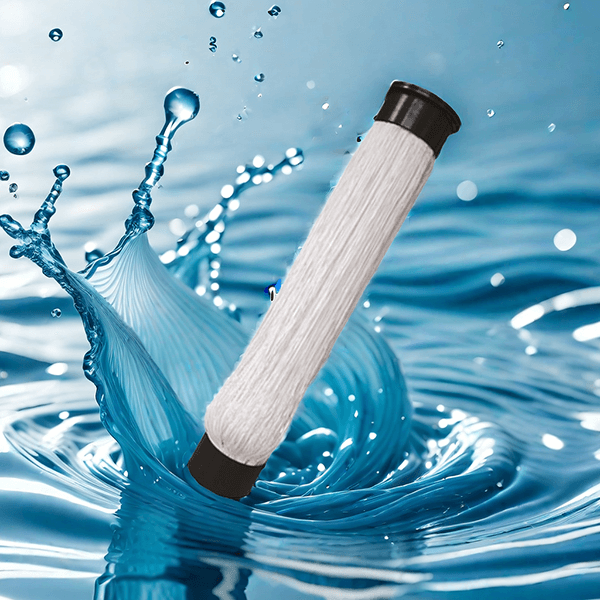Application of MBR membrane in power plant wastewater treatment
The application of MBR membrane in power plant wastewater is mainly reflected in the following aspects:
1. Efficient solid-liquid separation: MBR membranes, especially ultrafiltration membranes, have efficient solid-liquid separation capabilities. Its pore size specifications are consistent, with a rated pore size range of 0.001-0.02 microns, which can intercept pollutants and microorganisms in wastewater, achieving efficient solid-liquid separation. This technology is particularly important in the treatment of power plant wastewater, as power plant wastewater typically contains a large amount of solid particles and harmful substances.
2. Improving water quality: Through the treatment of MBR membrane, pollutants such as COD, BOD, phosphorus, and nitrogen in wastewater can be efficiently reduced, resulting in lower effluent turbidity and purer water quality. This meets the high requirements of power plants for wastewater treatment, helps protect the environment, and complies with relevant discharge standards.

3. Reduce the difficulty of subsequent treatment: The MBR process can filter and separate pollutants in wastewater, and the purified water contains fewer pollutants, which is closer to the clean water state. In the subsequent processing steps, such as retention, re conversion, and improving the stoichiometric balance of water, it is easier to achieve and has lower economic costs compared to other processes.
4. System renovation and upgrading: For power plant wastewater treatment systems that have been in operation for many years, MBR membrane technology can be an effective means of renovation and upgrading. For example, in some sewage treatment plants, the existing wastewater treatment system may not be able to meet increasingly stringent environmental requirements due to equipment aging, membrane flux attenuation, and other issues. At this point, MBR membrane technology can be used to modify the system to improve wastewater treatment capacity and water quality.
5. Sustainability and environmental protection: MBR membrane technology is in line with the current trend of sustainable development. By reducing pollutant emissions, improving water quality, and reducing the difficulty of subsequent treatment, MBR membrane technology provides an envir
